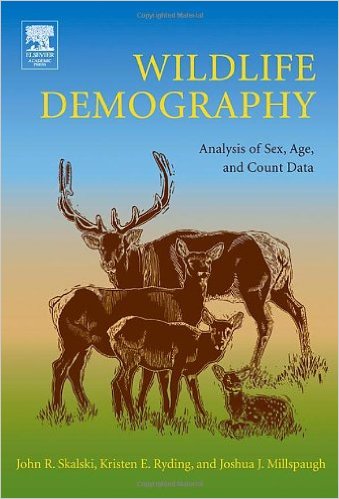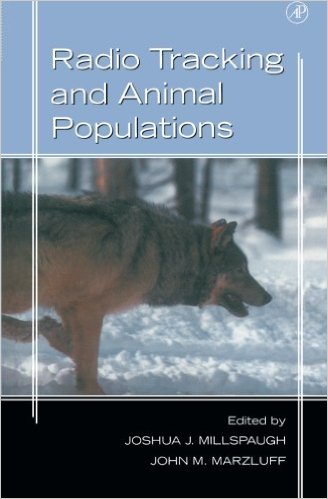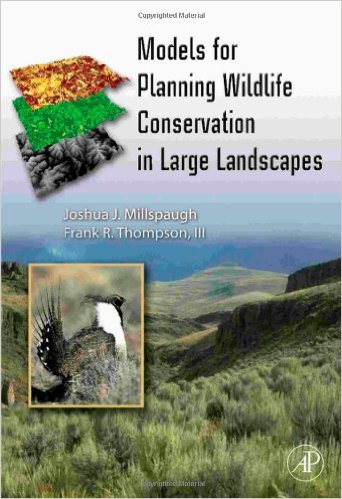Statistical Population Reconstruction
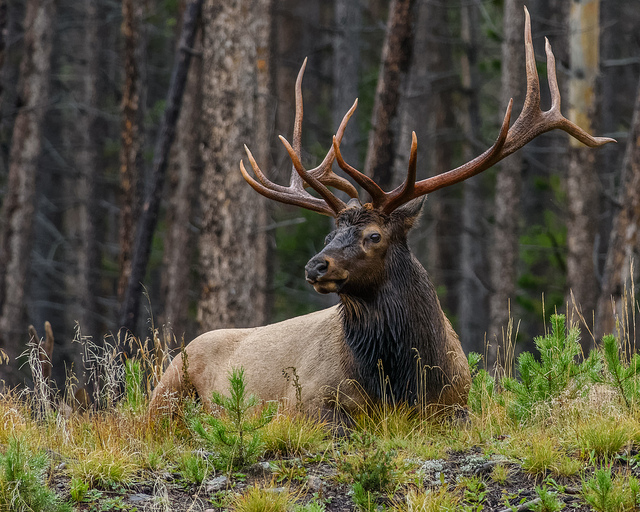 "Bull Elk"
(CC BY-ND 2.0) by AER Wilmington DE
Over the last decade, statistical population reconstruction (SPR) has emerged as a powerful, robust, and efficient method to monitor harvested wildlife species.
Statistical population reconstruction pairs commonly collected age-at-harvest and hunter-effort data with auxiliary information,
such as survival rates from radiotelemetry, to estimate annual age-specific abundance, survival and harvest rates, and their associated variances.
"Bull Elk"
(CC BY-ND 2.0) by AER Wilmington DE
Over the last decade, statistical population reconstruction (SPR) has emerged as a powerful, robust, and efficient method to monitor harvested wildlife species.
Statistical population reconstruction pairs commonly collected age-at-harvest and hunter-effort data with auxiliary information,
such as survival rates from radiotelemetry, to estimate annual age-specific abundance, survival and harvest rates, and their associated variances.
Since 2007, there have been nine published applications of SPR for seven species, including large ungulates, game birds, furbearers, and large carnivores.
Accompanying the applications of SPR have been model evaluations and statistical advances, including the use of pooled age-class data, evaluations of auxiliary
data sources, Bayesian analysis of SPR models, the use of models with random effects in a maximum likelihood framework, and models which offer more realistic
variance estimates. The result is a robust and flexible modeling platform that produces accurate parameter estimates and realistic variance estimates.
Research Citations
Relevant research concerning SPR models both chronologically and by taxa.
Tools and Models
User-friendly programs to construct basic SPR models.



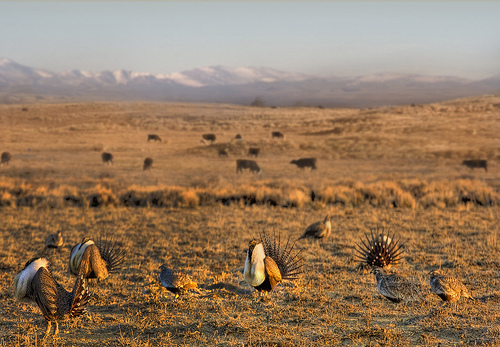
 "
"